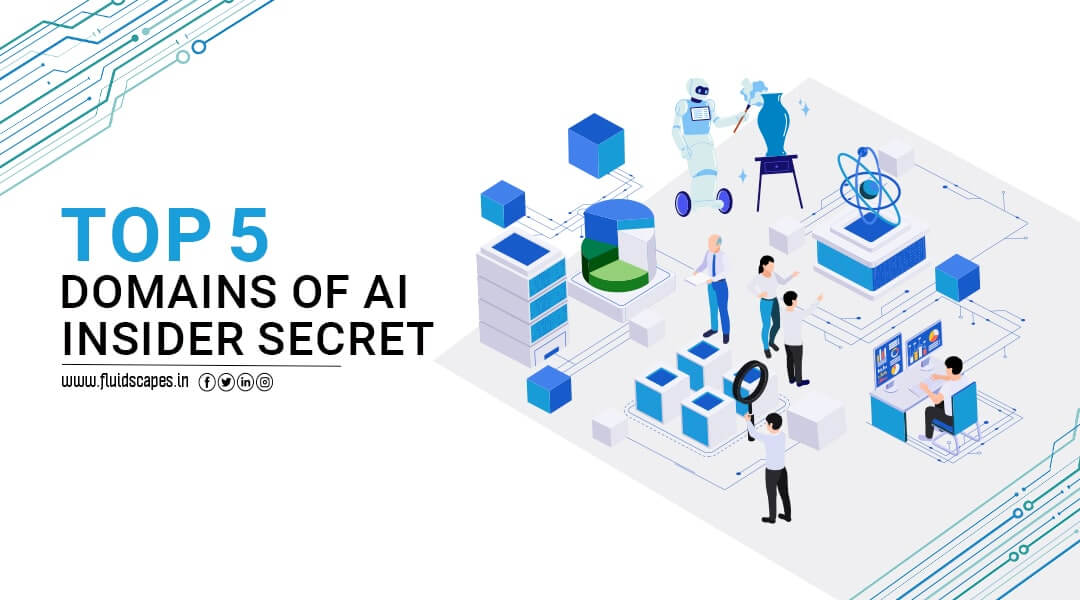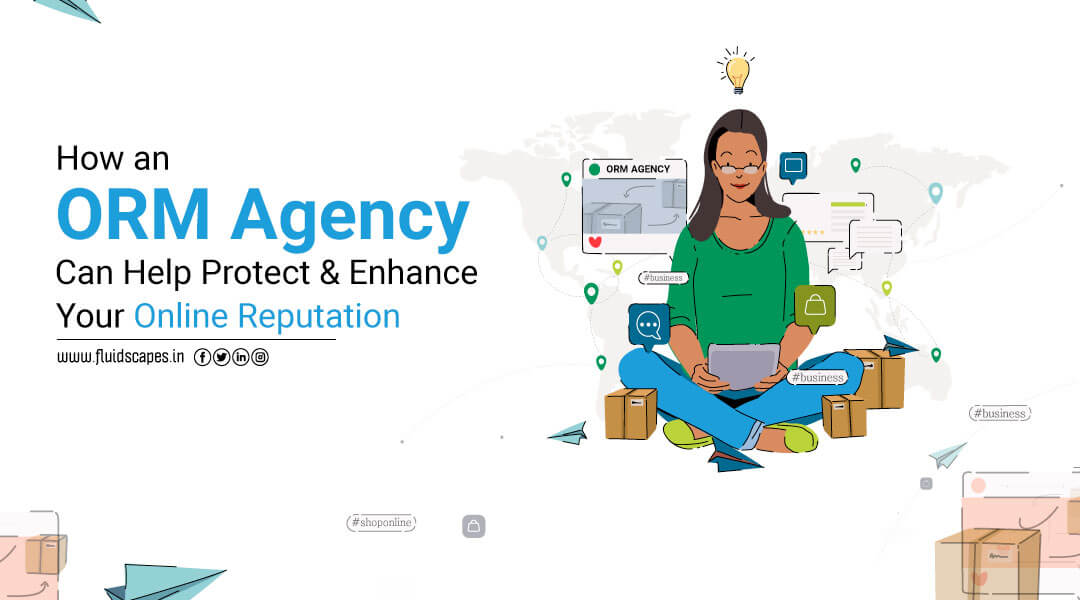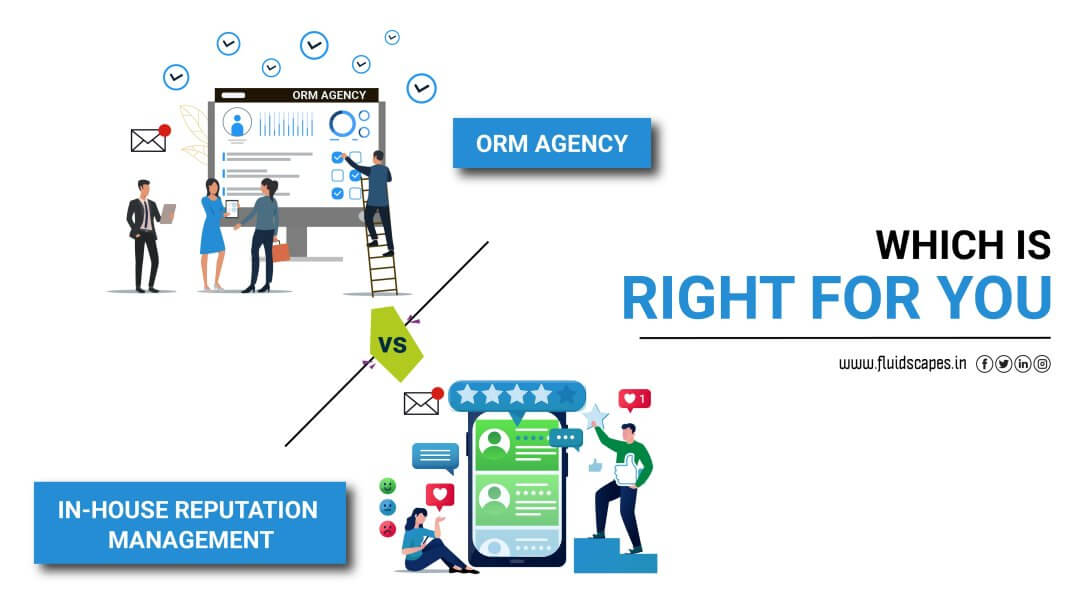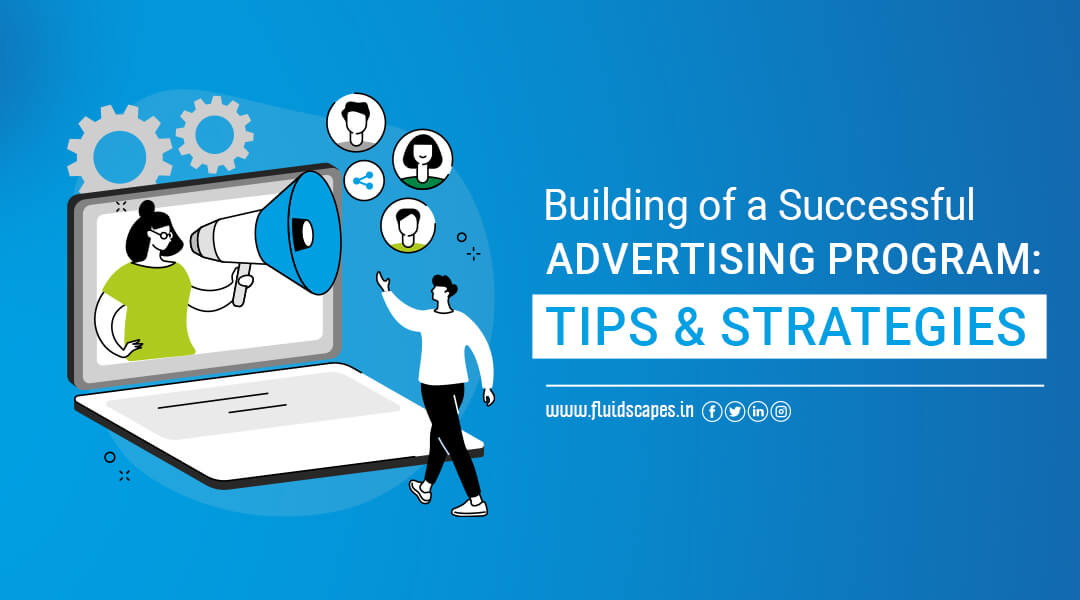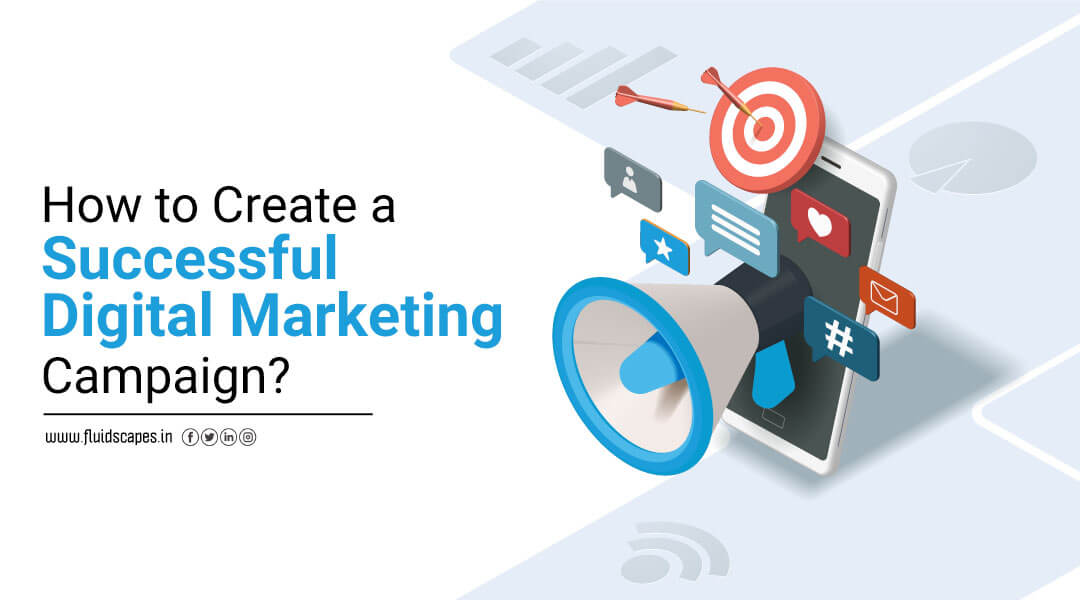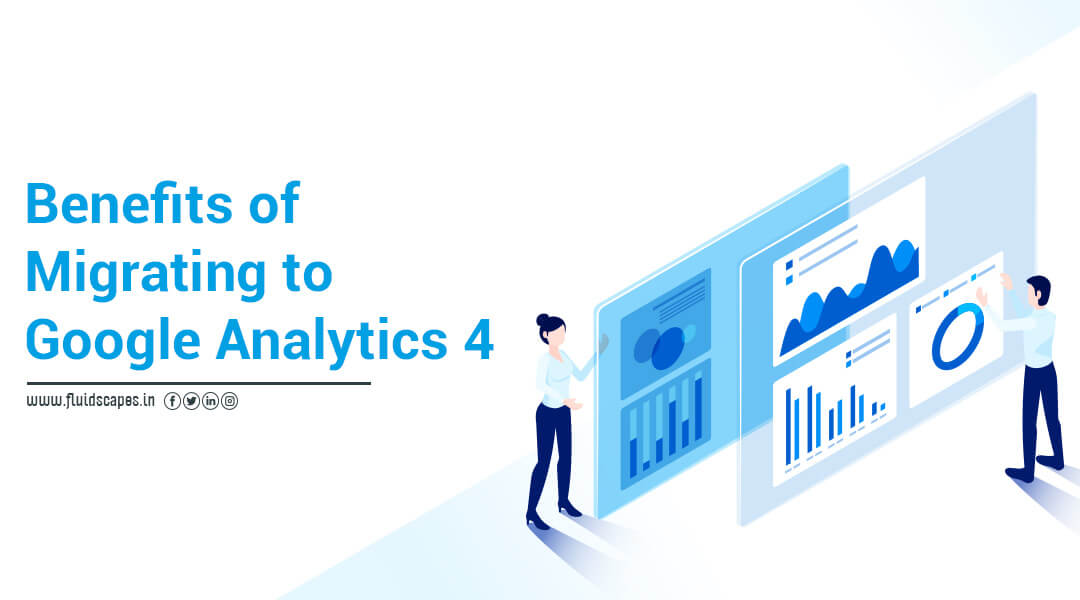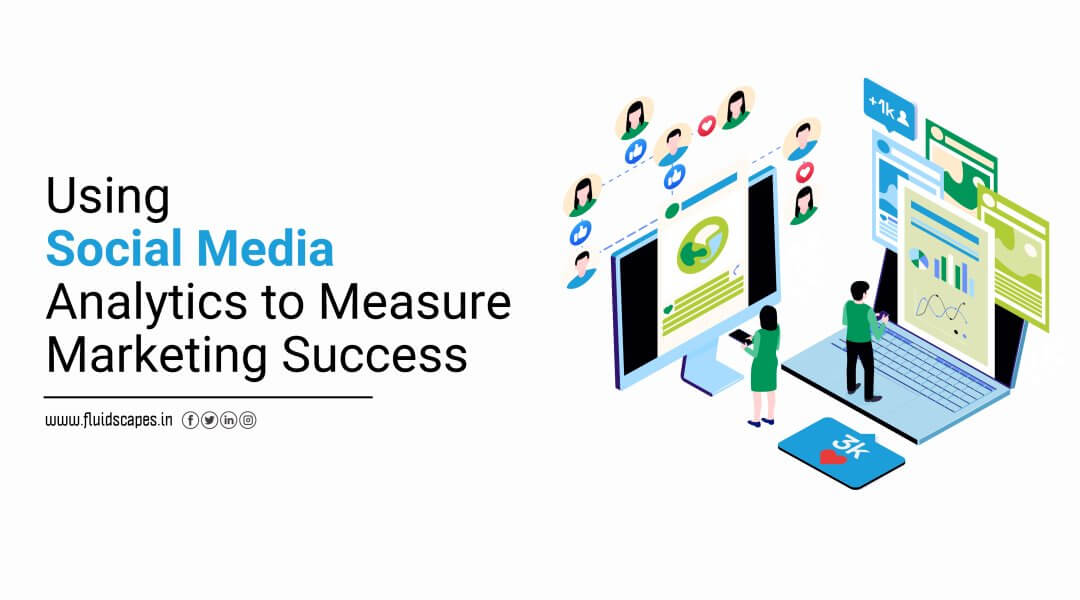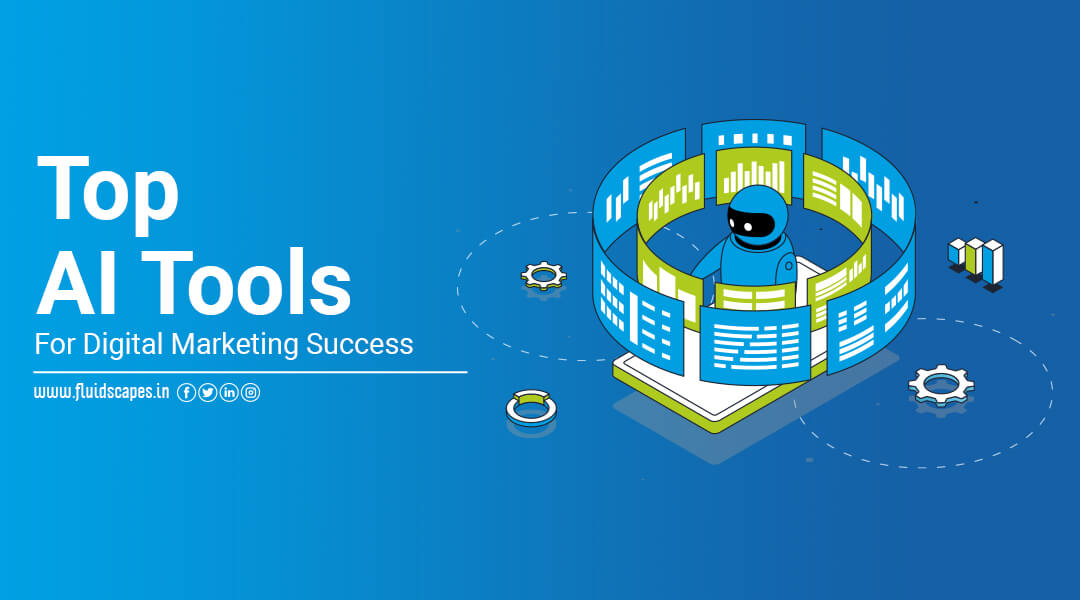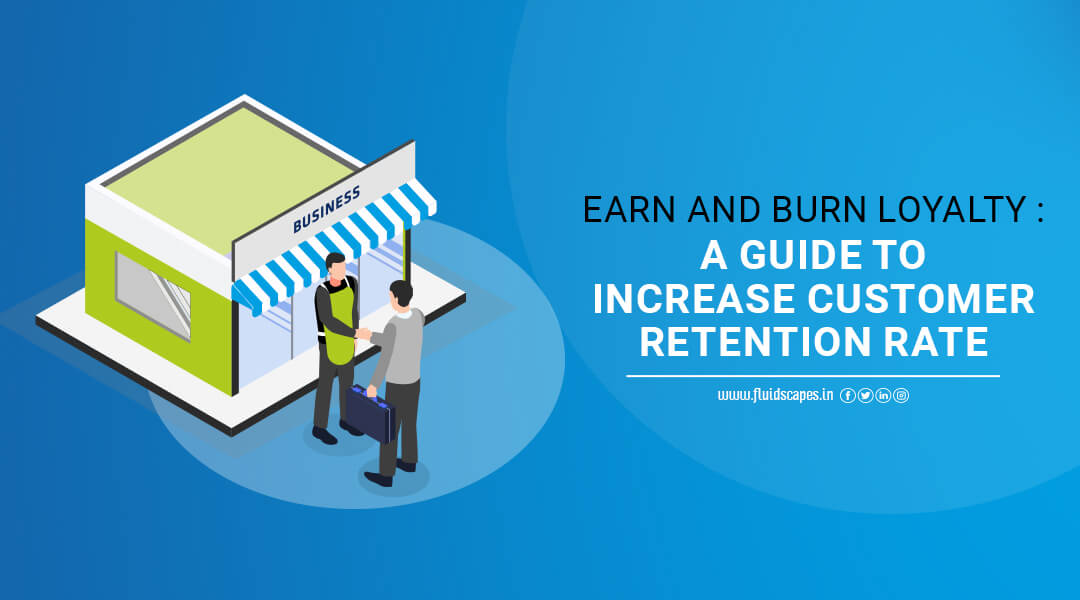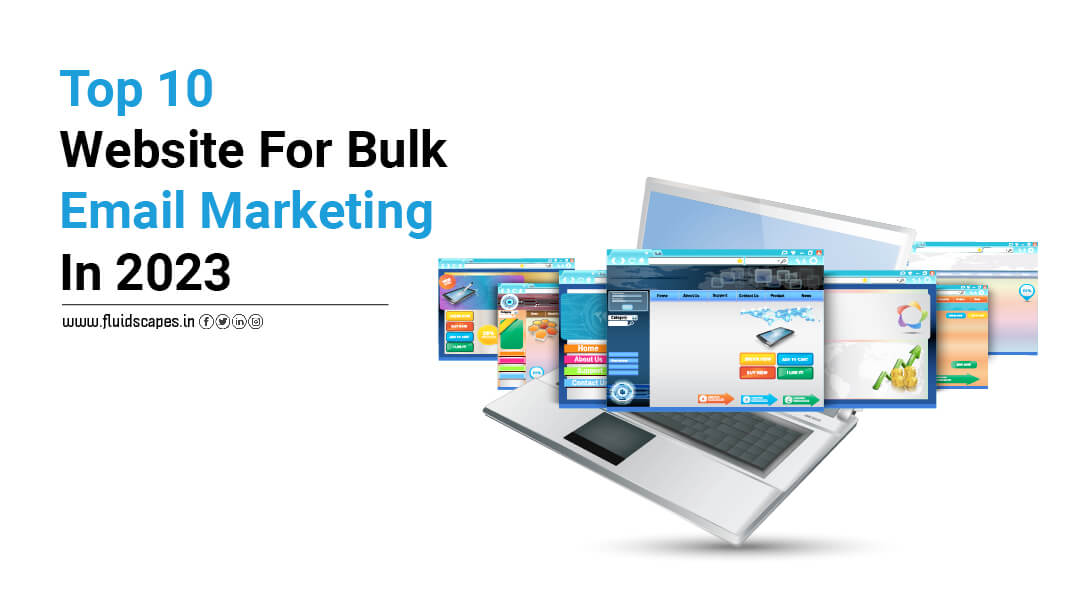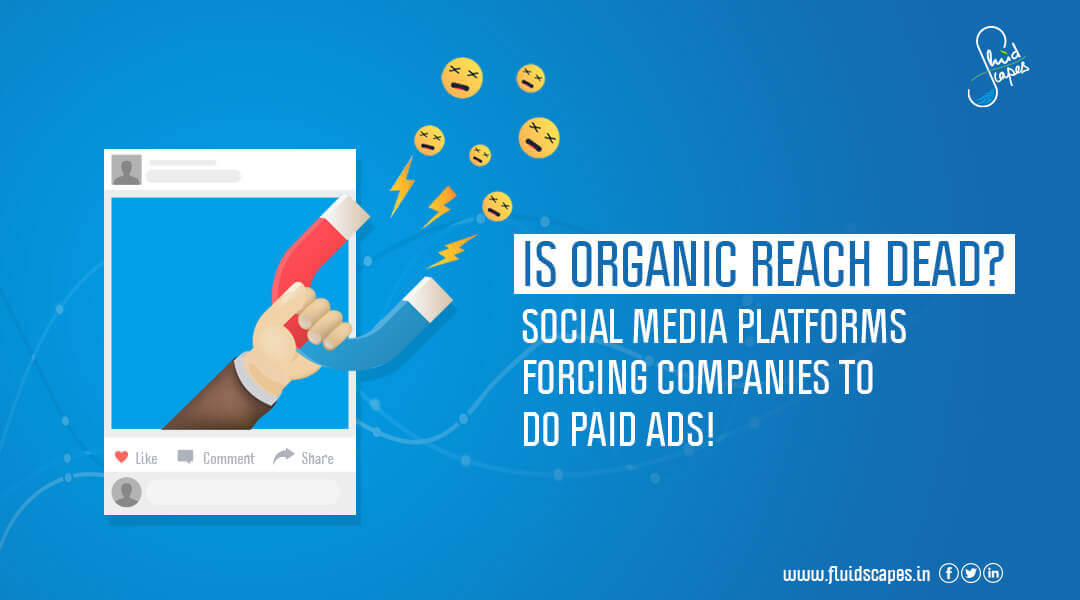
Is organic reach dead? Are the social media platforms forcing companies to do paid ads!
Yes and no. To find an answer to something as grave as this, We decided to dive deep into the matter and got this mixed bag response.
While an overwhelming number of sites were found to have declared the end of the era of social organic reach for businesses, citing statistics and graphs of the drastic fall in the number of organic reach on Facebook, Instagram, and LinkedIn a few sites are putting up some arguments saying that it’s only to make the platforms more user friendly and to prevent the news feed from the clutters of spammy, low-quality business feed.
Here is our take on this
Each platform is different from the others in terms of unique advantage, revenue-generating process and target. For example, Instagram has introduced a unique shopping experience through a feature called ‘Checkout on Instagram’ that ensures that the users can choose their products, enter the shipping details and make payments without leaving the platform. Brands have to pay a small fee to avail these special facilities.
Apart from the above, social media platforms, in general, are dependent on paid posts and ads to meet their huge operational cost.
This explains why they are resorting to monetize their business user base by encouraging paid posts and ads and making organic reach more and more stringent.
While the leading brands with millions of followers can still do albeit fall in their organic reach, small businesses with only a few hundred followers will find it really difficult to be visible if not switched to paid posts and ads.
Not convinced, want more inside news? All right, but let’s first refresh our concept base about organic vs. paid social media posts and what is organic reach per se.
Organic means absolutely natural. In the world of social media, organic posts mean unpaid or free posts, which can be any type of content including work-in-progress photos, random thoughts, links to blogs, shared posts from friends & acquaintances and their personal networks coming to your news feed automatically.
By contrast, there are paid posts that are directed at certain group(s) of people against charges for the purpose of product promotion and sales. Naturally, the paid posts have targeted reach and much more efficacy than the organic posts unless the latter goes viral.
For your business, you may use either organic posts or paid posts or both depending on your budget and strategy.
When you use organic posts your efficiency is measured in terms of organic reach which is simply a measurement of how many people can see your unpaid post.
Similarly, paid reach means how many people can see your paid post.
It all started from Facebook
In 2018, Facebook introduced EdgeRank Algorithm that changed the definition of organic reach. This was the beginning of the end of free publicity for businesses, followed by other platforms in their own methods.
Earlier, every time an unpaid post appeared in someone’s news feed, Facebook would count it as organic reach. But now, entering the news feed is not enough, your unpaid post must be opened and seen by someone to be counted as an organic reach.
This small change in the platform saw a sharp decline in the organic reach of the business pages. Surveys conducted after the change revealed that with the new definition only 6% of the audiences were seeing the unpaid post organically.
To implement this Facebook provided users with choices on how to view their news feeds. They can now view videos as well. It’s a win-win – boost in organic reach for the business and ad revenue from videos for Facebook.
Apparently, Facebook did it for clearing the clutters of low-quality business posts from the space reserved for personal communication but the move served dual purposes. We can refer to Mark Zuckerberg’s observation –

“Recently we’ve gotten feedback from our community that public content — posts from businesses, brands, and media — is crowding out the personal moments that lead us to connect more with each other.”
The trend seeps into Instagram
Quite expectedly, since Instagram is owned by Facebook.
With a 500 – 800 million active user base every day, Instagram beats all other platforms when it comes to promoting business. No other platform can engage audiences with captivating content quite like Instagram.
Although Instagram doesn’t have the quality issue as much as Facebook, Twitter, and LinkedIn, still they introduced an algorithm to filter the organic content. Their goal is clear from the comment of their CEO, Kevin Systrom, on this change –
“On average, people miss about 70 percent of the posts in their Instagram feed. What this is about is making sure that the 30 percent you see is the best 30 percent possible.”
However, even though the organic growth on Instagram is declining, it still is outperforming all other platforms combined.
The LinkedIn story
Earlier LinkedIn wouldn’t have newsfeeds like Twitter and Facebook. This was preventing them from having high traffic engagement. LinkedIn then introduced some cool new features to increase its active user base but that resulted in more organic posts from the businesses rather than an increase in revenue.
Eventually, LinkedIn also took the same path as Facebook to cut down on the organic reach through a series of measures such as:
- Reprioritising other content such as LinkedIn ads within their newsfeed,
- Creating a higher threshold for engagement rate,
- Increasing engagement quality requirement,
- Prioritising LinkedIn blue badge influencers, etc.
What it ultimately comes down to
With most social media platforms encouraging more of paid posts and ads, the return from organic content is becoming less and less trackable and scalable and with slim chances for conversions.
Businesses would do better to spend on the paid reach to bring home a much greater advantage than frustrate themselves on the organic route.
The capabilities offered to the brands through the paid Facebook ads are extensive and the benefits acquired far exceeds anything that you might receive with your organic content. You can track your return from Paid ads through scalable metrics like leads generated, visits, and conversions. Here are some quick points about advertising on some of the leading social platforms:
- You need to keep your social media advertising strategy, cost, and results aligned with your business goals.
- Most small and medium businesses are looking for agencies with specialists that can offer flexible social media management pricing packages to grow and maintain their social media following over time.
- You’ll achieve two primary goals from your ad campaign on a leading social media like Facebook – you’ll reach mostly your target audience, and you can expect a healthy return on your Ad spend (ROAS).
- Facebook advertising cost has two components – the overall amount spent and the cost of each result that you get.
- The Facebook ad cost calculator is a perfect tool that provides you with insight into calculating your return on ad spend (ROAS) from your Facebook ad campaigns.
- While Facebook can reach a wide range of demographics, Instagram performs best if your product has to reach an audience with age between 25 and 29 years.
- Both Facebook and Instagram advertising can be managed through the same Ads Manager. However, their advertising costs vary depending on various factors. Instagram is slightly more expensive than Facebook but its yield is also higher than that from Facebook.
- Advanced targeting, rate of engagement, external links, longer videos are some of the benefits of Instagram marketing.
- How much does it cost to advertise on Instagram depends upon the variables like the objective of your campaign ( brand awareness, conversions, or both), audience size, specificity, click-through-rate, etc.
Source- Fluidscapes
We are one of the best digital marketing companies in India that provides reputation management services to all types of organizations. We assist businesses to stay on top of the game by leveraging the latest technologies and breakthroughs in marketing strategies and business processes. Want to grow your business even more, get in touch with us and we’ll tell you how.
ORM, Virtual Financial Services, ATL/BTL Marketing, Project Management, Brand Management, SEO, Web & App Development and much more.
*Your details are safe with us. We do not share or spam our valuable visitors*
Interested to find out how we could help you? Drop in your email and number and we’ll get right back!
POPULAR BLOGS


